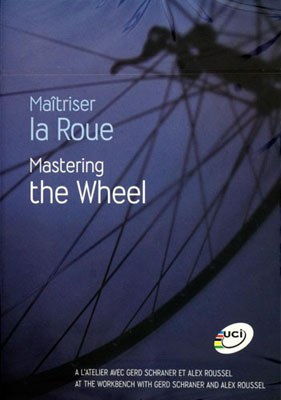Introduction:
Worm fishing, an age-old technique that has stood the test of time, remains one of the most effective methods for anglers of all levels. Using earthworms as bait is not only a cost-effective choice but also a sustainable one. In this comprehensive guide, we will delve into the art of worm fishing, providing you with expert tips and tricks to help you catch more fish using this natural bait.
Understanding Earthworms as Bait:
Before we dive into the nitty-gritty of worm fishing, it's essential to understand why earthworms are such a popular choice among anglers. Earthworms are versatile, as they can be used in various fishing environments and for a wide range of fish species. They are rich in nutrients and have a natural appeal to many fish, making them an excellent choice for attracting a catch.
Choosing the Right Type of Earthworms:
Not all earthworms are created equal when it comes to fishing. Different species of earthworms are better suited for different types of fishing environments and fish species. Here's a breakdown of the most common types of earthworms used for fishing:
Nightcrawlers: These are the most popular earthworms for fishing due to their size and durability. They are ideal for both freshwater and saltwater fishing.
Red Wigglers: These are smaller earthworms that are great for smallmouth bass and panfish in freshwater environments.

European Nightcrawlers: Similar to nightcrawlers, these earthworms are larger and more robust, making them excellent for larger fish species.
Angler WORMS: These are a hybrid of nightcrawlers and red wigglers, offering the best of both worlds in terms of size and durability.
When selecting earthworms, look for those that are active and have a good color. Avoid earthworms that are too slimy or have a foul odor, as these may not be as effective as bait.
Preparation of Earthworms:
Once you have your earthworms, it's important to prepare them properly to maximize their effectiveness as bait. Here are some tips for preparing earthworms:
Conditioning: Place your earthworms in a container with moist soil or damp paper towels to keep them hydrated and active. This process is known as conditioning.
Cutting the Worms: For larger fish species, you may need to cut the earthworms into smaller pieces. This can be done using a pair of scissors or by hand, but be gentle to avoid damaging the worm's body.
Removing Excess Mud: After conditioning, some earthworms may have a lot of mud on them. Gently brush off the excess mud with your fingers or a soft cloth.
Choosing the Right Worming Technique:
There are several techniques for using earthworms as bait, and the best one depends on the type of fish you're targeting and the fishing environment. Here are some common worming techniques:
Worm on a Hook: This is the most basic technique, where you simply thread the earthworm onto a hook. This method is great for panfish and smaller species.
Worm on a Leader: For larger fish species, you can use a leader with a hook to present the earthworm in a more natural way. This method allows the worm to move more freely and can be more effective for larger fish.
Worm on a Jig: A worm on a jig can be a very effective technique, especially for bottom-feeding fish. The weight of the jig helps the worm sink to the bottom, where it can attract fish.
Worm on a Drop Shot: This technique involves using a drop shot rig with a small weight and a hook. The earthworm is attached to the hook, and the rig is dropped to the desired depth. This method is great for targeting fish that are suspended in the water column.
Expert Tips for Successful Worm Fishing:
Match the Size: Use earthworms that are the appropriate size for the fish you're targeting. Larger fish require larger worms, while smaller fish can be caught with smaller pieces.
Change Your Technique: If you're not having success with one technique, try changing it up. Experiment with different presentations, depths, and types of earthworms.
Be Patient: Worm fishing can sometimes be a slow process. Be patient and wait for the fish to bite. Don't be afraid to wait for longer periods, as fish may take some time to notice the bait.
Maintain a Clean Hook: A clean hook is more likely to catch fish. After each cast, check your hook for any debris or mud and clean it off.
Keep Your Bait Fresh: The fresher the earthworm, the more effective it will be as bait. Keep your earthworms in a cool, dark place and change them out regularly.
Conclusion:
Worm fishing is a timeless technique that continues to be a favorite among anglers worldwide. By understanding the right type of earthworms, preparing them properly, and using the right techniques, you can significantly increase your chances of catching more fish. Remember to be patient, experiment with different methods, and enjoy the beauty of the art of worm fishing. Happy fishing!












